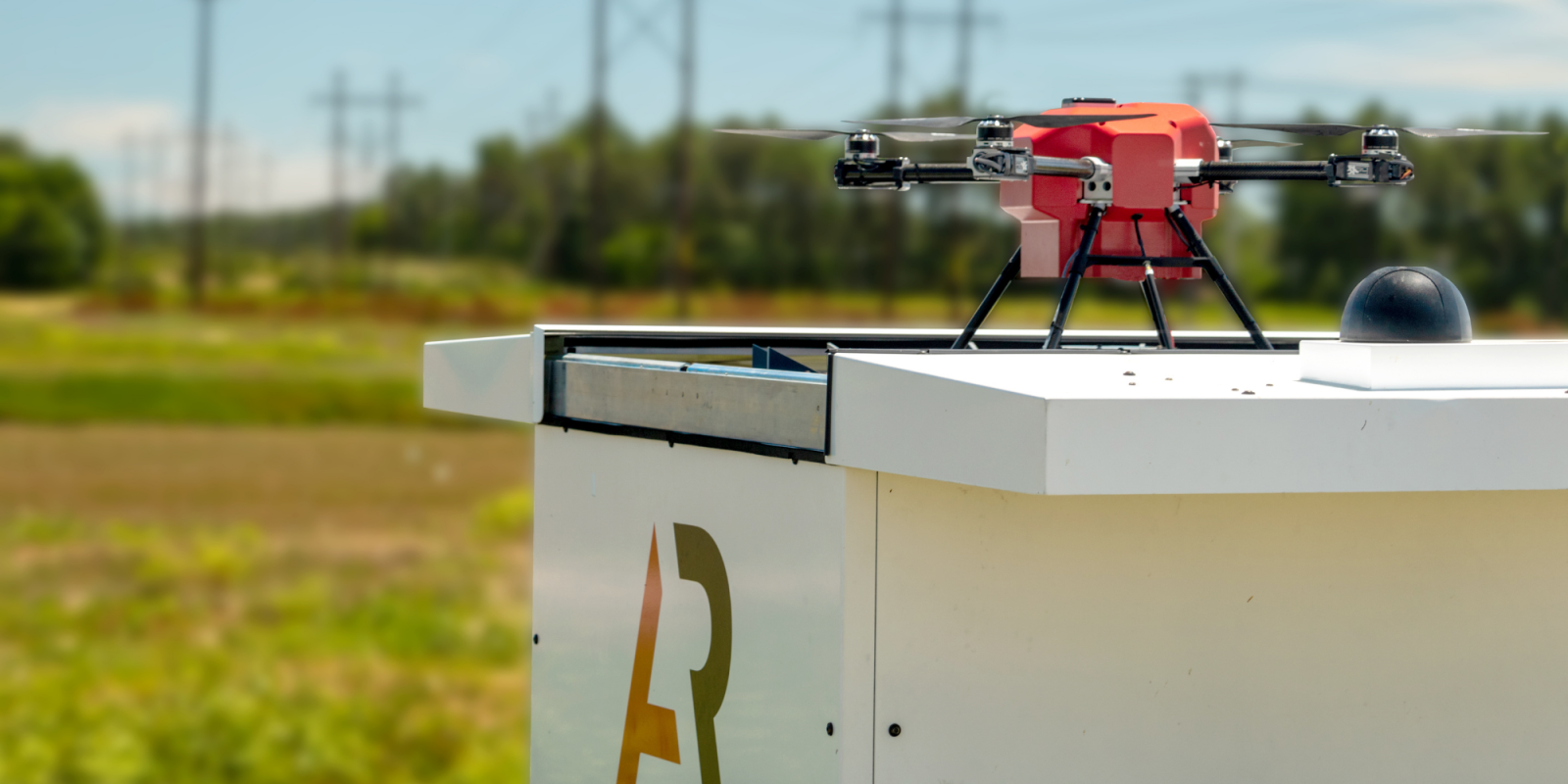
Much debate – and excitement – has arisen from President Joe Biden’s proposed $2 billion project to repair the nation’s crumbling infrastructure. Yet almost nothing has been said about how drones may contribute to that revamp. Some observers believe their role could prove invaluable.
Drones could inspect countless miles of equipment…
In addition to being older and deteriorating, America’s infrastructure is also incredibly diverse and vast. Whether rail networks, pipelines, electric grids, or highways, critical installations spanning the country are aging in different ways, at different speeds, in differing conditions. That means inspecting that enormous weave of disparate equipment will not only be a massive undertaking in geographical terms. It will also be a challenge of recording and analyzing wide-ranging data to ensure exactly the right repairs or upgrades are made in the most effective ways.
Cue highly mobile, fast, and increasingly smart drones.
As American Robotics cofounder and CEO Reece Mozer detailed in an interview with ZDNet.com, drones are uniquely positioned to carry out most of the heavy lifting in the inspection process – and speed it up while cutting its costs. They only thing that could prevent them from vying for an MVP title in the Great American Infrastructure Renaissance, he says, are slow-moving regulation updates.
…faster, better, and cheaper than humans
Mozer’s arguments are clear. First, drones can greatly aid – or entirely replace – manual examination of endless miles of roads, bridges, and electrical lines. And they can do that faster and cheaper than people schlepping far and wide for a peek.
The sheer amount of infrastructure that we have, and the geographical spread of it combined with the widely varying environments they are located in means that regular inspections of our infrastructure is going to be critical… I believe there is a lot of new and effective technology, including robotics and AI, that innovative US companies can bring to bear on these challenging problems that would make this an economically viable and sustainable win for the entire country.
Moreover, Mozer adds, remedial inspections must also become the model for regular preventive checks to verify spruced up installations remain that way. He says most of those are currently carried out – when they are – just once or twice a year. That, he says, is nearly useless.
Typically, to see the benefits of drone-based data collection, flights need to be conducted multiple times per day every day, indefinitely – to cover enough area, survey at a proper resolution, and detect problems when they occur, and potentially before they occur.
The drone tech is there, waiting on the FAA
Yet facing hourly pilot rates he estimates between $150 to $500 and hour, companies managing infrastructure can’t afford permanent inspection regimes. The solution to that, he urges, is automated flights of certified unmanned aerial system (UAS) that render human oversight unnecessary.
As part of that, Mozer argues, the Federal Aviation Agency needs to authorize more Beyond Visual Line of Sight (BVLOS) waivers it granted Skydio within North Carolina’s bridge repair project. Better still, the FAA can start granting full, open-ended BVLOS approval of the kind American Robotics earned last January (the only one thus far). Safety and efficiency guarantees existing tech already provides, he says, makes additional authorizations inevitable.
Detect-and-avoid technology, smarter autonomy, and edge computing are key to enabling expanded operations beyond visual line of sight, which is critical for the industry to truly take off. The economics behind paying for a visual observer or pilot on the ground to monitor a drone flight today simply don’t make sense and have significantly hampered enterprises’ and commercial users’ ability to justify building out a drone program.
Yet to see is whether continued restrictions also hamstring’s America’s infrastructure renewal.
FTC: We use income earning auto affiliate links. More.




Comments